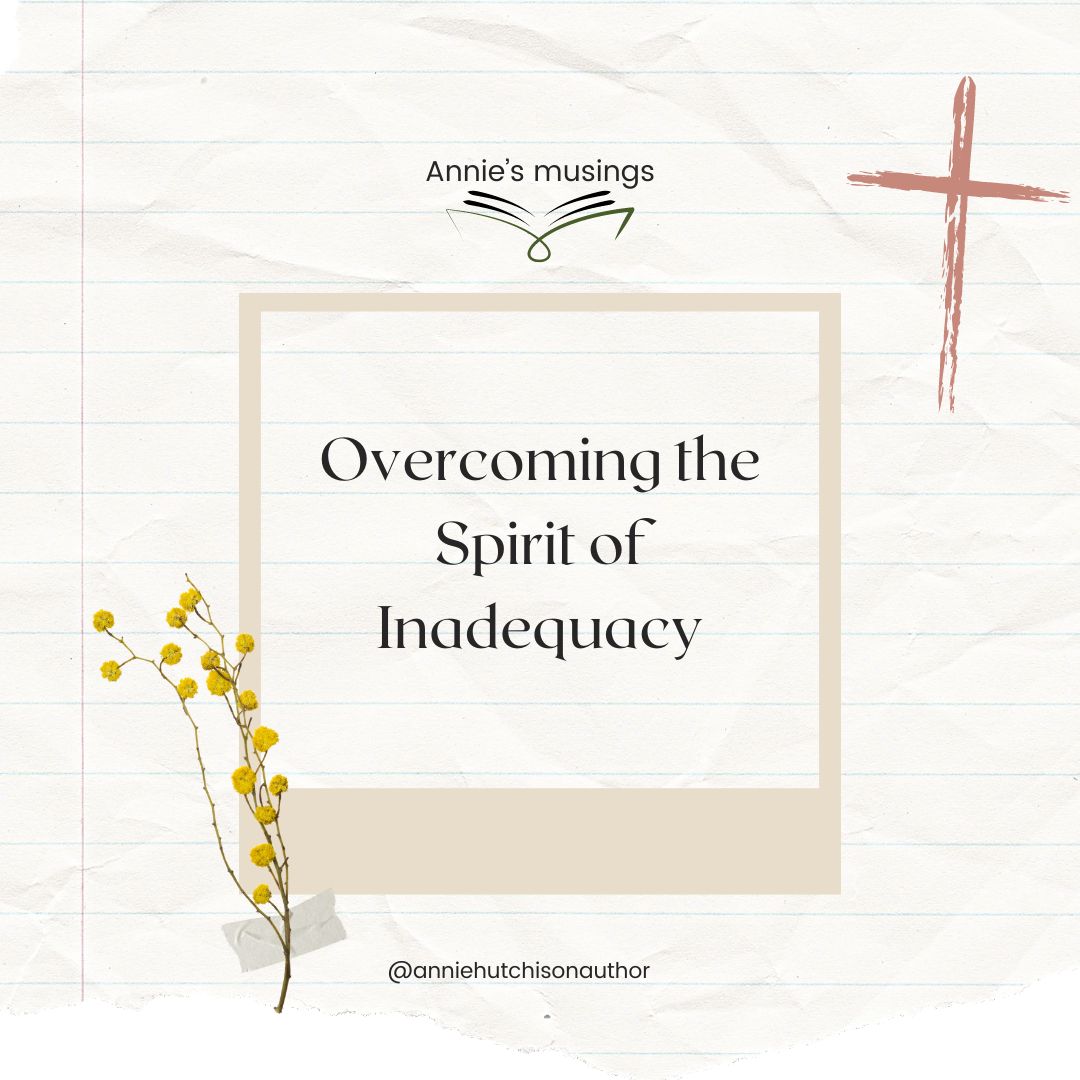
The Making of a Villain
In the realm of real-life fiction novels, the success of a story often hinges on the strength and authenticity of its villains. A compelling antagonist can evoke a spectrum of emotions in readers, from fear and loathing to fascination and empathy. To create a realistic villain, a writer must delve into the depths of human nature, understanding what drives individuals to commit heinous acts. In my upcoming novel, I created a character named Kyle. His character serves to set my main character, Carly down a spiraling path of victimhood, revenge, and ultimately deep mistrust and cynicism. To create a villain that feels realistic, is understandable and also evokes emotions I focused on a few key points that I would love to share with you.
- Complexity and Motivation Picture this: a villain who feels as real as the person next door. To achieve that, we need to go beyond the cookie-cutter mold and delve into the core of our antagonist's being. What motivates them? What makes them tick? By understanding their desires, fears, and the events that shaped them, we can breathe life into our villains. Let's make them multidimensional, just like the complex individuals we encounter in our everyday lives.
- Conflicting Values and Beliefs Oh, the sweet sound of clashing ideologies! To create an unforgettable antagonist, we must pit their values against those of our beloved protagonist. It's like a battle of wits, where conflicting beliefs ignite the sparks of tension and keep our readers on the edge of their seats. This clash of ideals allows us to explore different perspectives, challenging our own preconceptions and delving into the intricate web of the human experience.
- Flaws and Vulnerabilities Nobody's perfect, not even the bad guys. Let's peel back the layers and reveal the flaws and vulnerabilities of our antagonists. This humanizes them, making them relatable and oh-so-real. Imperfections open the door for character growth, and they provide our readers with an opportunity to empathize with the villain. Let's embrace the messiness of life and make our antagonists shine with authenticity.
- Realistic Goals and Convictions Now, let's talk goals! Villains need to have realistic aspirations and unwavering convictions. They can't just be evil for the sake of it. No, no! Let's give them a reason, a purpose they believe in, even if it's distorted or misguided. Maybe it's power, control, or revenge. Whatever it is, we want our readers to understand where they're coming from, even if they don't agree with their methods.
- Engaging Backstory Ah, the allure of a captivating backstory! This is where our villain's past comes alive, shedding light on the reasons behind their choices and actions. We get to play detective, unearthing those formative experiences that shaped them into the antagonists we love to hate. But, hey, let's not turn their backstory into an excuse for their misdeeds. Instead, let's use it as a powerful tool to understand and add depth to our villains.
- Moral Ambiguity Life isn't always black and white, and neither should our villains be. Let's play with moral ambiguity, blurring the lines between right and wrong. Real-life villains often believe they are justified in their actions, and by incorporating shades of gray, we challenge our readers' moral compasses. It's like a delicious ethical conundrum that keeps them pondering long after they've closed the book.
Creating realistic villains for real-life fiction is like painting a masterpiece. It requires us to tap into the depths of our humanity, understanding what makes us tick and what drives us to both good and evil. By crafting complex characters with motivations, contrasting values, flaws, vulnerabilities, realistic goals, and engaging backstories, you can fashion antagonists that resonate with readers. Remember, a compelling villain is not just an embodiment of evil but a fully realized individual whose actions and choices evoke a range of emotions.




